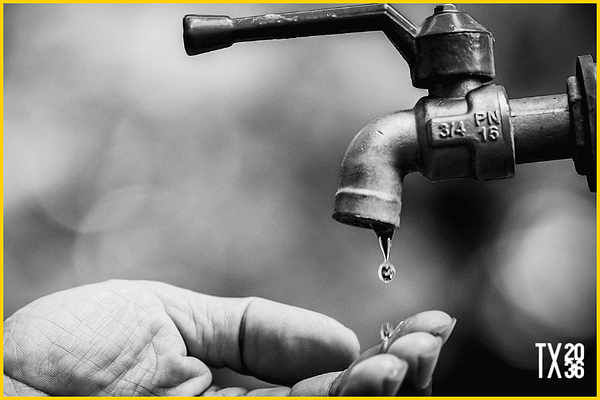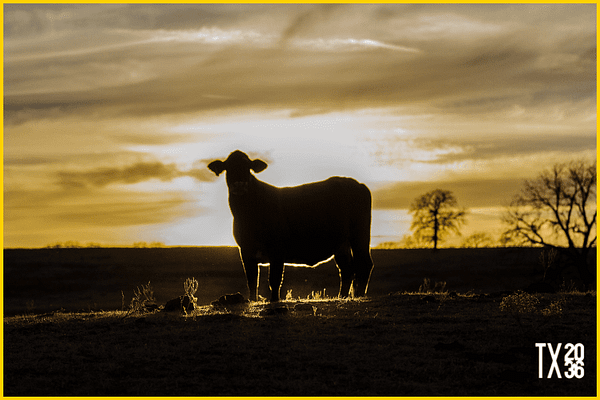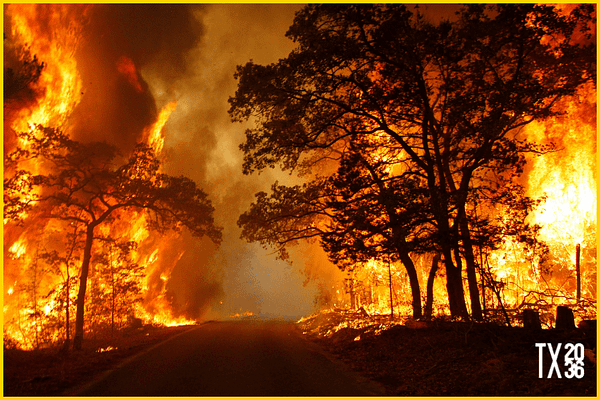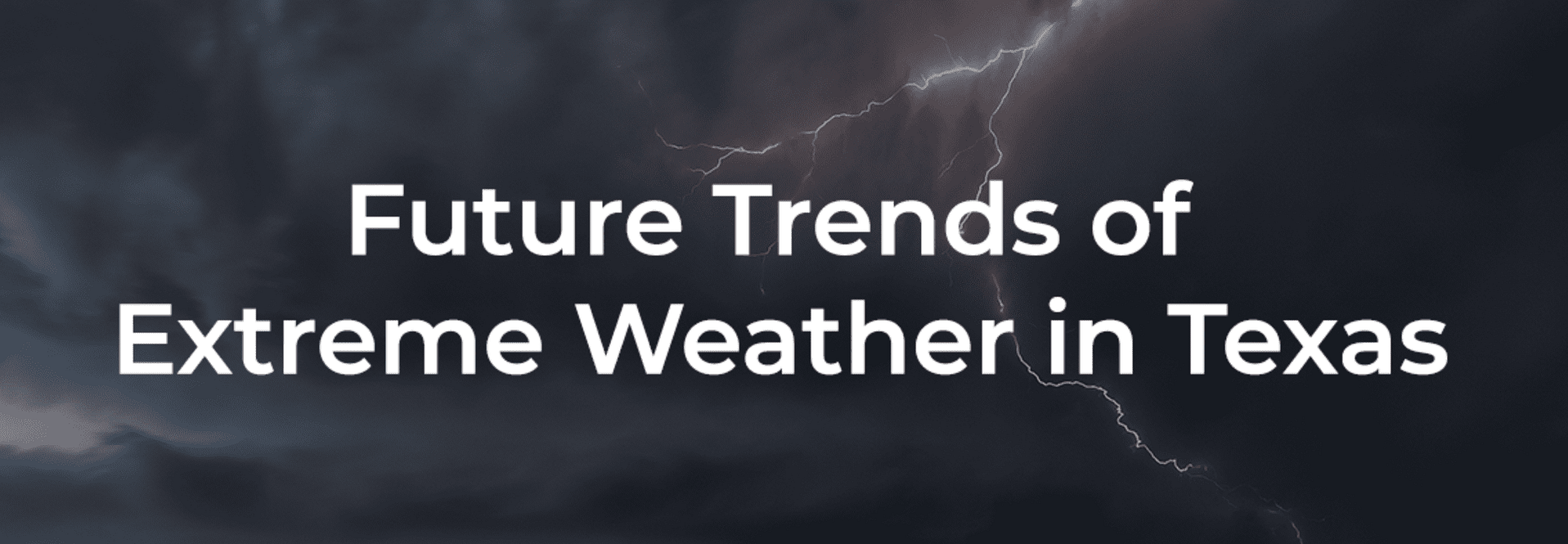This is a preview of our Texas 2036 newsletter about extreme weather in Texas. To receive this weekly highlight of our work, sign up here.
Extreme heat, exceptional drought, increased wildfire risk, intensifying flooding—Texas has had more than its fair share of wild weather this year.
What does this mean for Texans? From the state’s failing water infrastructure to how changing weather trends are impacting our economy, here’s what you need to know.

Water catastrophe in Jackson, Mississippi can happen in Texas 🚱
The casualties of Jackson’s water system failure range from the city’s economy and quality of life to an eviscerated public trust in its water system. Texans are not immune from Jackson’s crisis.
Find out why.

Extreme heat: The hotter days ahead 😓
Texas just had the hottest April through July on record. Between now and 2053, the state will experience a dramatic increase in the number of days with a heat index above 100 degrees, according to a First Street Foundation analysis. This is bad for Texans.
Learn more.

Texas’ agriculture sector reeling from drought 🚜
Statewide reports already indicate that yields for all major Texas crops, including cotton, corn, sorghum and wheat, are lower this year compared to 2021. Will the agriculture community be hit as hard as it was during Texas’ worst one-year drought of record in 2011?
Dive deeper.

Water and wastewater infrastructure in crisis 💧
A broken trunk line in Odessa, a 13-day boil water notice in Laredo and other communities enduring severe water restrictions due to the state of their infrastructure—this is a crisis that endangers economic development and community vitality across Texas.
Keep reading.



 It’s your turn!
It’s your turn!


